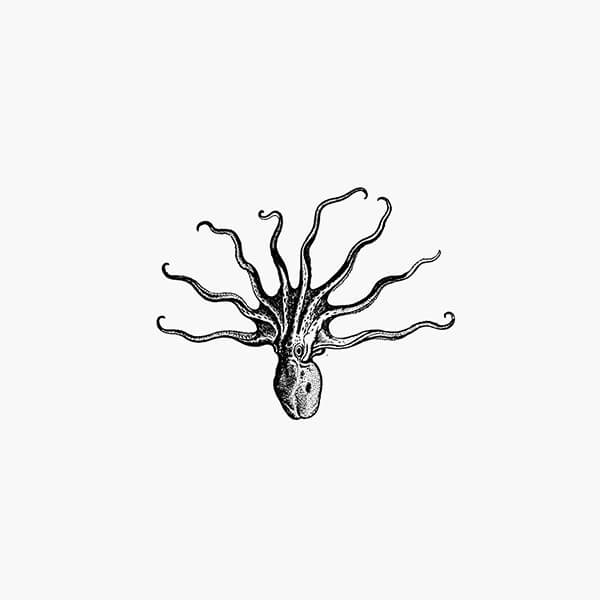
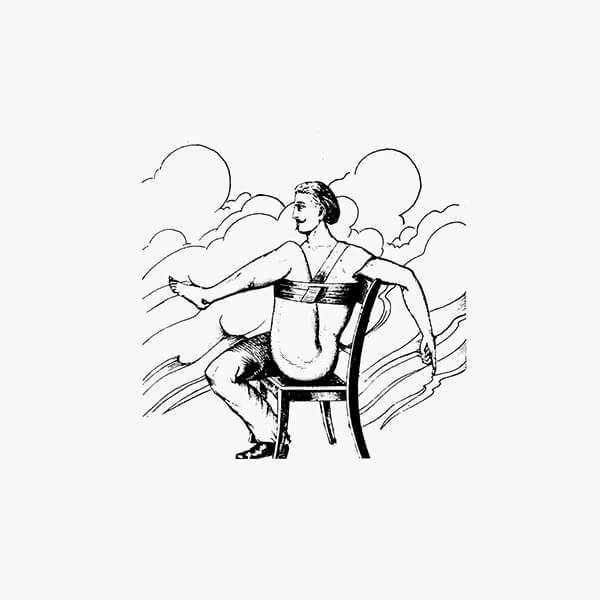


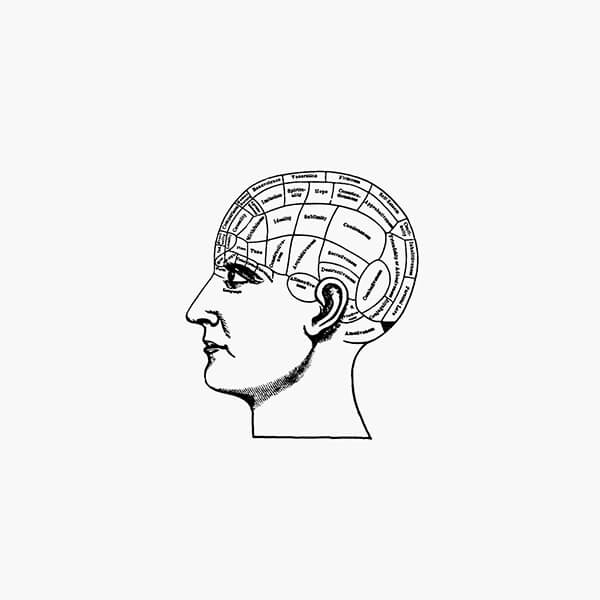


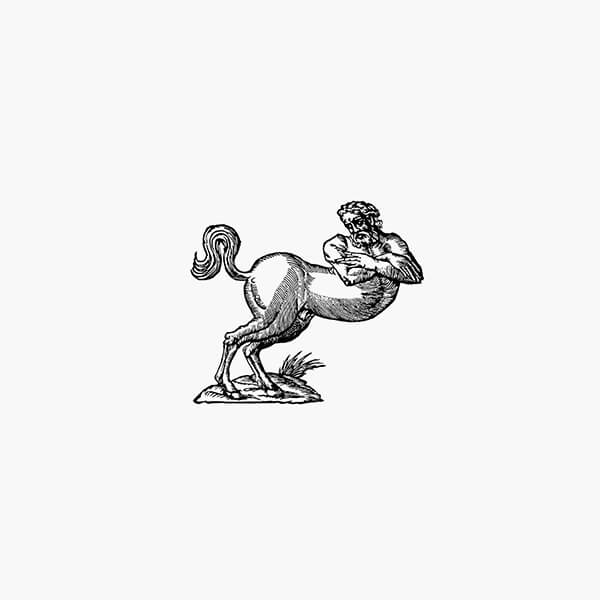
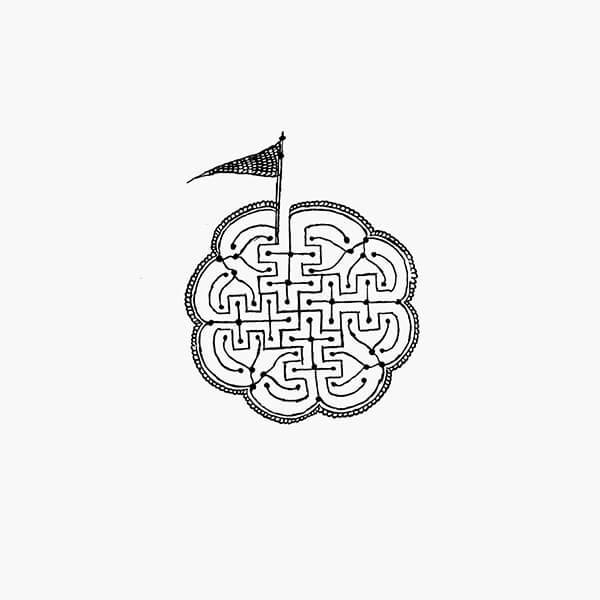



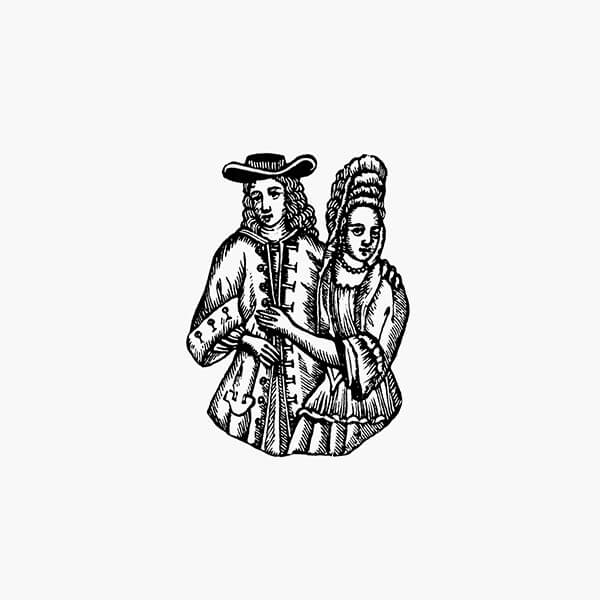

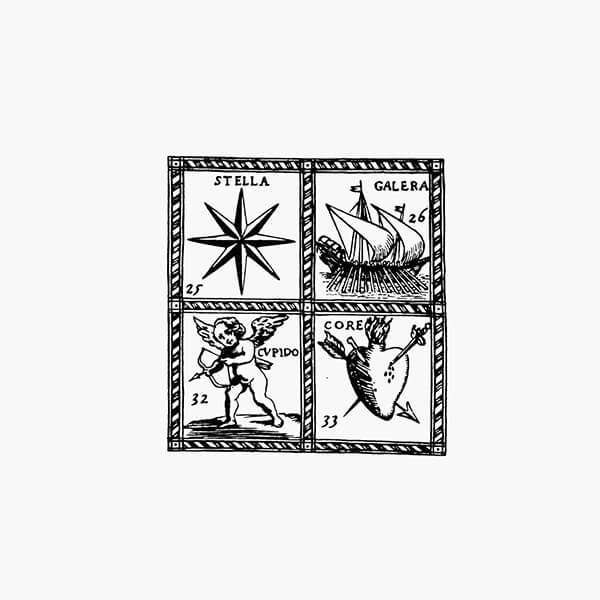













Dédale
11309 The Invisible Collection – Deluxe
Stefan Zweig. Texts by Pedro Corrêa do Lago, Guillaume Glorieux. Illustrations by Honoré Daumier (1808-1879).
2025 / 96 PAGES.
Language: English, French, Italian
The Invisible Collection by Stefan Zweig continues to captivate readers today with its masterful portrayal of the obsessive nature of collecting. The paintings of collectors by Honoré Daumier serve as the perfect visual counterpart to the text.
First published in 1925, Austrian writer Stefan Zweig’s The Invisible Collection offers a powerful depiction of the human urge to collect – objects, works of art, curiosities...
Deeply influenced by the intellectual currents of 1920s Europe – above all psychoanalysis, which resonates throughout the narrative – Zweig crafts a story which, though firmly rooted in its historical and geographical context (Germany in the aftermath of World War I), remains strikingly relevant and profoundly humane.
In addition to the references to engravings by Dürer and Rembrandt found in the story, the second volume in the Dédale series is illustrated with paintings by French artist Honoré Daumier, himself a keen observer of the human soul and of print collectors. The volume opens with a preface by Brazilian writer Pedro Corrêa do Lago, who shares Zweig’s passion for collecting autograph letters and manuscripts by renowned authors, followed by an introduction by Guillaume Glorieux, expert at L’ÉCOLE, School of Jewelry Arts, exploring the relationship between collecting and wealth, the meaning of collecting and the joy of sharing.
Dédale is published by Franco Maria Ricci Editore in collaboration with L'ÉCOLE, School of Jewelry Arts.